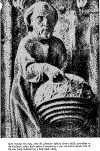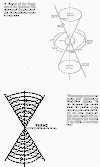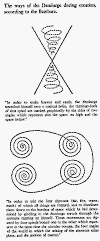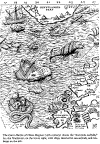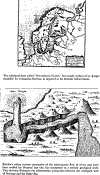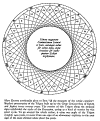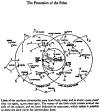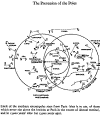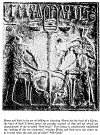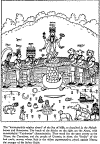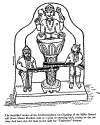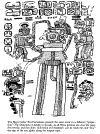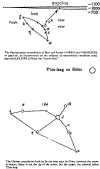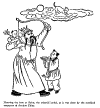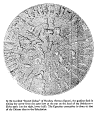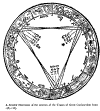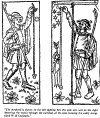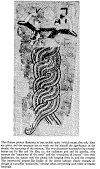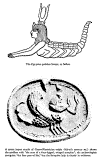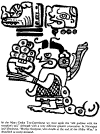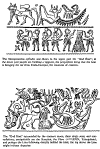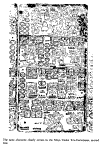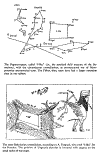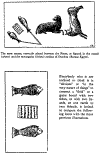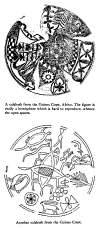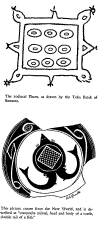ILLUSTRATIONS
The Precession of the Equinoxes,
shown in the order of signs,
with the dates marked on the left.
R. Eisler,
The Royal Art of Astronomy, Herbert Joseph Ltd., London, 1946.
|
God creating the stars. frontispiece |
The Precession of the Equinoxes. between 60-61
"The internal motion of the cosmic tree," according to North-West Africans. |
The ways of the Demiurge during creation. |
Mount Meru, the world mountain, rising from the sea.
|
|
The collapse of the hourglass-shaped Meru.
|
The Carta Marina of Olaus Magnus. between 90-9 1
|
The whirlpool, here called "Norvegianus Vortex."
The subterranean flow of rivers. |
How Kronos continually gives to Zeus "all the measures of
the whole creation." between 134-135
|
|
[1] [2] Courtesy Flarnmarion Publishers, Paris. between 142-143 |
Horus and Seth in the act of drilling or churning. between 162-163 |
The "incomparably mighty churn" of the Sea of Milk. |
The simplified version of the Amritamanthana. |
|
The Maya Codex Tro-Cortesianus presents the same event. |
The Mesopotamian constellation of Bow and Arrow. between 216-217
The Chinese constellation of Bow and Arrow. |
The star maps for the celestial globe. |
Drawing the bow at Sirius, the celestial jackal. |
|
The so-called “Round Zodiac” of Dendera. |
The Polyhedra inscribed into the planetary orbits. between 222-223 |
A detailed illustration of the motions of the Trigon of Great Coniunctions.
between 268-269 |
“The shepherd is shown on the left sighting between 272-273 first the pole
star.” |
|
The Chinese picture illustrates the surveying of the universe. |
A terra-cotta mask of Humbaba/Huwawa. between 290-291 |
Tlaloc, the so-called "rain-god" of Mexico. |
The movements of the planets Mercury and Saturn. |
|
The Egyptian goddess Serqet, or Selket.
A green jasper scarab of Greco-Phoenician origin shows the Scorpion lady. |
The Scorpion goddess in the Maya Codex Tro-Cortesianus |
The Mesopotamian cylinder seal shows in the upper part the
"God Boat." between 300-301
The "God Boat" surrounded by the crescent moon, three single stars, and
constellations. |
The "God Boat" in the Maya Codex Tro-Cortesianus. |
|
The "God Boat" on the Arabian celestial globe made by Tabari.
|
The Pegasus-square, called "l-Iku," with the circumjacent
constellations. between 434-435
The same Babylonian constellation, according to A. Ungnad. |
The same square in the round and rectangular zodiacs of Dendera. |
A calabash from the Guinea Coast, Africa.
Another calabash from the Guinea Coast. |
|
The zodiacal Pisces, as drawn by the Toba Batak of Sumatra.
A New World picture, described as "composite animal." |
|||
